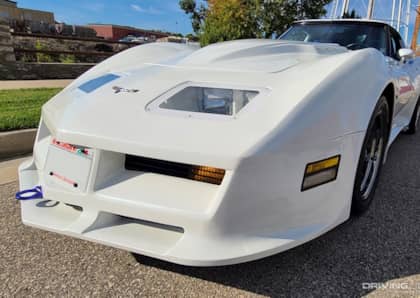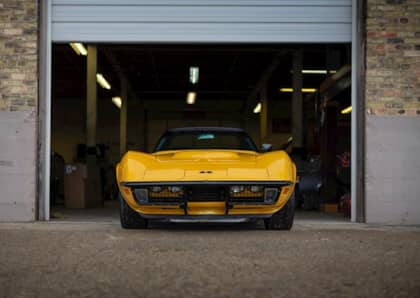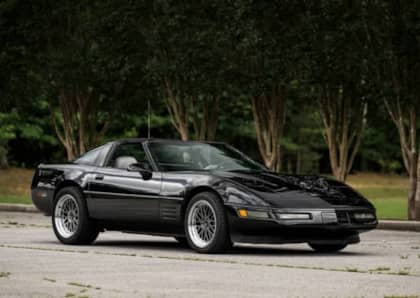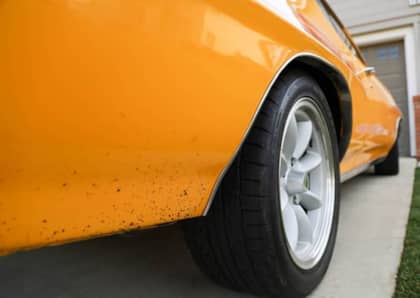Do-It-Yourself Aero
Aerodynamics: noun; : a branch of dynamics that deals with the motion of air and other gaseous fluids and with the forces acting on bodies in motion relative to such fluids.
Mechanical Grip vs Aerodynamic Grip
When tracking cars we rely on two types of grip: mechanical grip and aero grip. Mechanical grip is the grip of the tires and is adjusted by suspension, brake, and tire pressure settings. Aero grip is the downward pressure created by the air as the vehicle moves through it. Aero grip is dependent on speed, meaning the faster you are moving the more downforce is being created, usually not producing much effect unless you are doing over 60 mph. The mechanical grip and aero grip need to work together in order to see any performance gains.
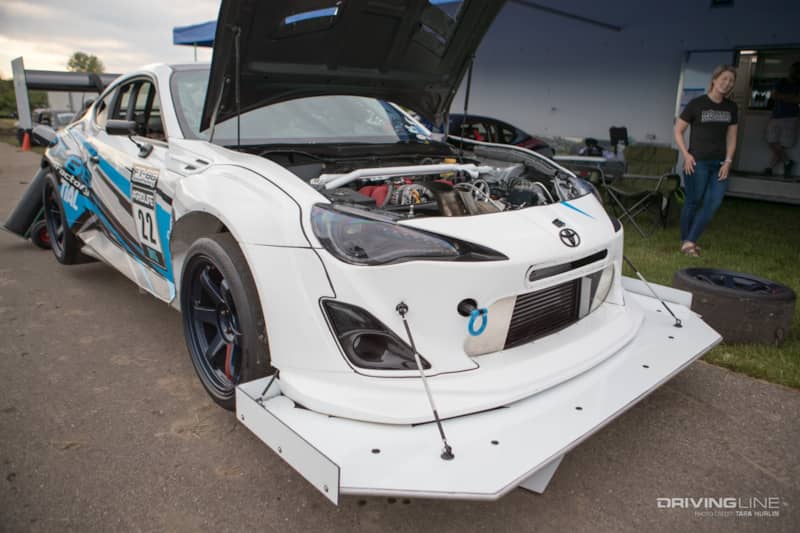
Making Your Own Aero
Making your own aero bits is actually fairly straightforward. The most important thing to remember is to make sure that anything that you fabricate and install is mounted as securely and as safely as possible. The last thing you want to have happen is to have a splitter come off and go through someone else's windshield. In other words, DO NOT mount splitters solely to the bumper plastic.
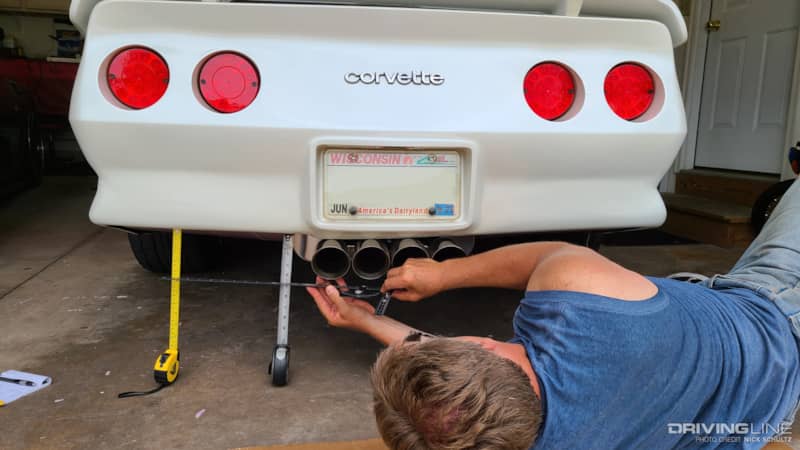
Start With Affordable Materials
To save yourself some headaches and ensure the end result fits like you want, use cardboard, foam core or insulation foam board to make templates and prototypes until you are satisfied with a design. Whether you are fabricating a splitter or rear diffuser, experimenting with inexpensive materials makes the task a lot easier. That exercise allows you to figure out where mounting holes and brackets need to go as well as what the final shape should be like without wasting expensive materials.
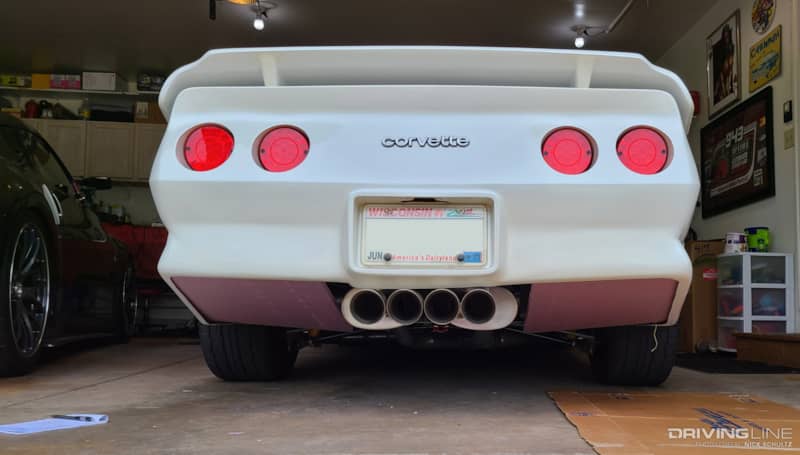
Materials for the Finished Part
As for the final part there are a multitude of materials to choose from and many can be found at industrial supply sites like www.mcmaster.com and boat building sites like www.jamestowndistributors.com. Keep in mind that splitters and diffusers tend to take a lot of abuse so using materials that are easy to find and work with can be beneficial. Materials such as plywood, aluminum, signboard, and carbon fiber wrapped foam all work well. The material you choose is entirely up to personal preference and how destructive you are going to be with the parts. Plywood and aluminum are the two most common materials used.
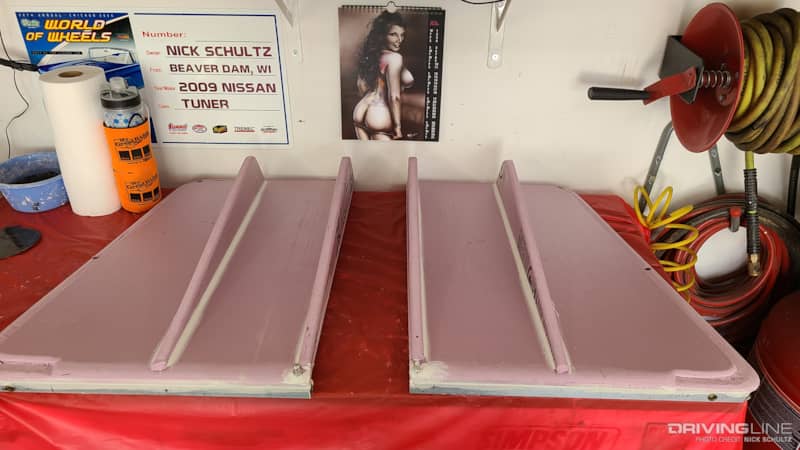
Simulating Air Flow
As you build and develop your aero parts you can verify where the air is going, where it is stalling and how it is flowing using simple things like 3" bits of string taped all over the area. Another option is to use high pressure water from a hose or pressure washer and watch how the water flows (mimicking the air).
Splitter Tips
The front of the car is actually easier to address since the air flow is laminar (not turbulent). The goal is to split the air to minimize the air going under the car and maximizing the air going over. The splitter can see a few hundred pounds of pressure so it needs to be made of stiff materials and braced accordingly. The splitter should be parallel to the ground and as close to it as safely possible allowing for curbing and other obstacles. The leading edge of the splitter actually doesn't need to stick out terribly far from the bumper. However it should go under the car as far as reasonably possible while still providing access for fluid plugs and filters, usually to the front axle line. Be sure to keep the splitter materials away from things like exhaust pipes.
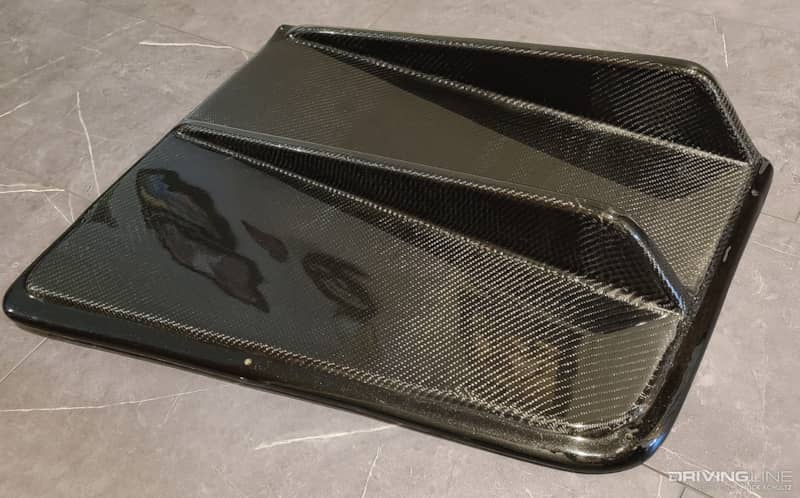
The gap between the splitter and the surface of the bumper can be filled with any type of material like ABS plastic, rubber conveyor material, fiberglass or carbon fiber. That material can be attached via rivets or industrial double sided tape. Just make sure air can't get under the leading edge.
Rear Vehicle Aero: Spoilers, Diffusers, Wicker-Bills and Wings
The rear is a bit more complex due to the turbulent air at the deck lid and under the rear bumper. On the deck lid spoilers, wicker-bills, and wings are fairly straightforward as they are usually off-the-shelf components. A functional diffuser, on the other hand, can either help you or really screw things up. A diffuser is meant to do two things: smooth out the air coming out from under the car, and increase the efficiency of the rear wing/spoiler. This also means that a diffuser can cause the air to stall under a wing if the diffuser angle is too steep.
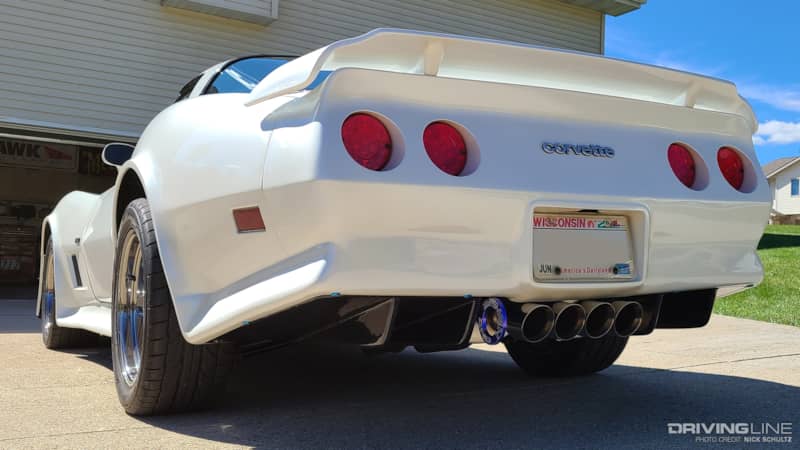
For garage builds, the general rule is to keep things simple. Since the rear bumper can act like a parachute, a basic diffuser design can flush off the area from the rear axle to the rear bumper. Since this tends to slope downward from the bumper to the base of the fenders, one can add vertical fins or vertices. The fins tend to help straighten out the turbulent air on its way out from under the car. The fins can also be made from a multitude of materials as long as they are stiff and rigid. The size and complexity is entirely up to you and what you are trying to accomplish with your build.
Aero: A Few Words of Advice
When setting up your aero be sure to verify that it will pass a track day tech inspection. It also pays to check the rules for your class or run group prior to installing such components. Most sanctioning bodies are very explicit in what is allowed or not allowed when it comes to aero modifications. Also note that adding downforce can cause suspension issues so shock and springs may need to be adjusted. And remember: fasten and brace everything securely, you do not want to be responsible for injuring someone.




